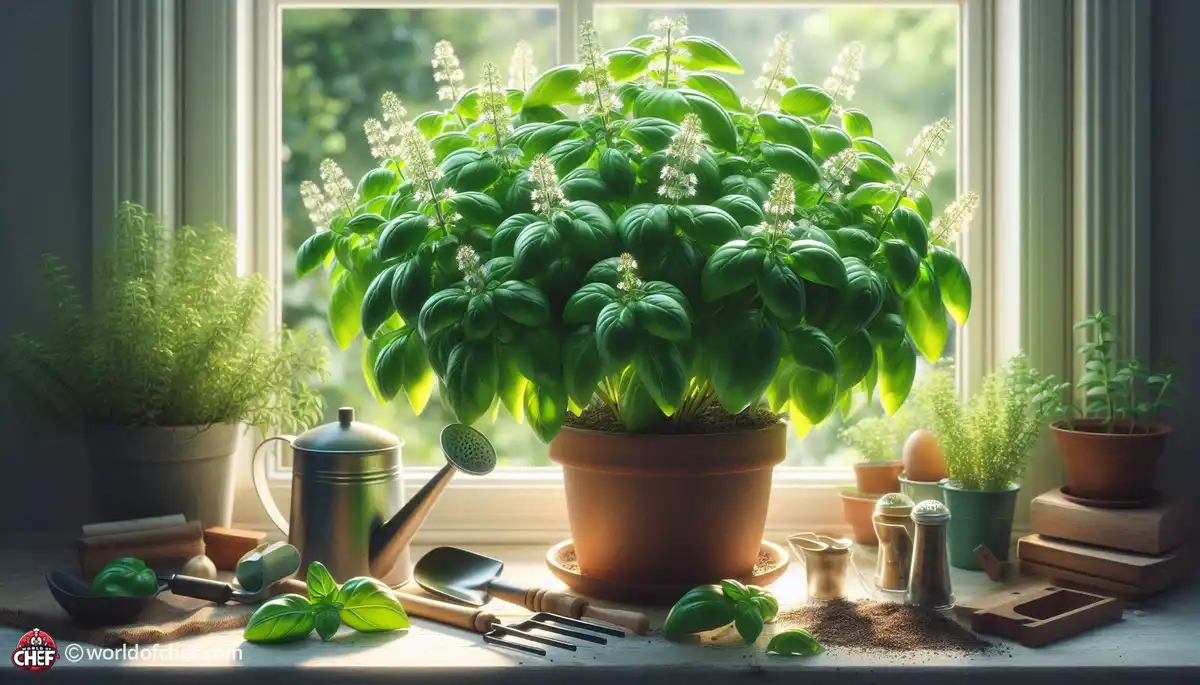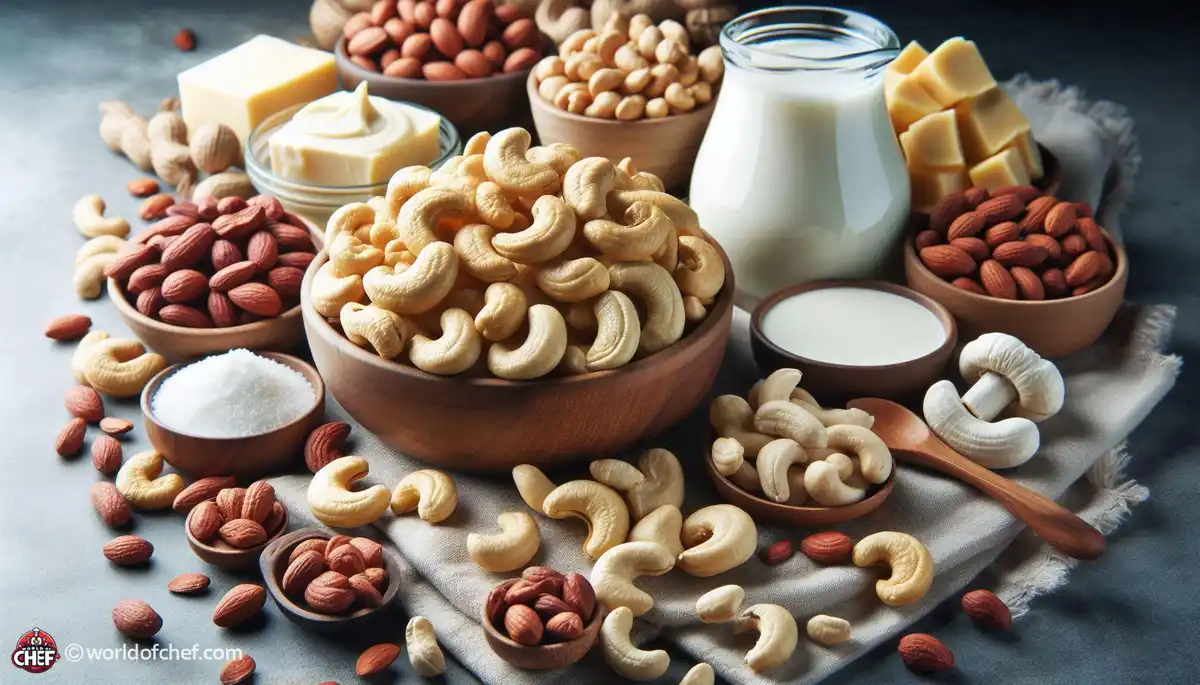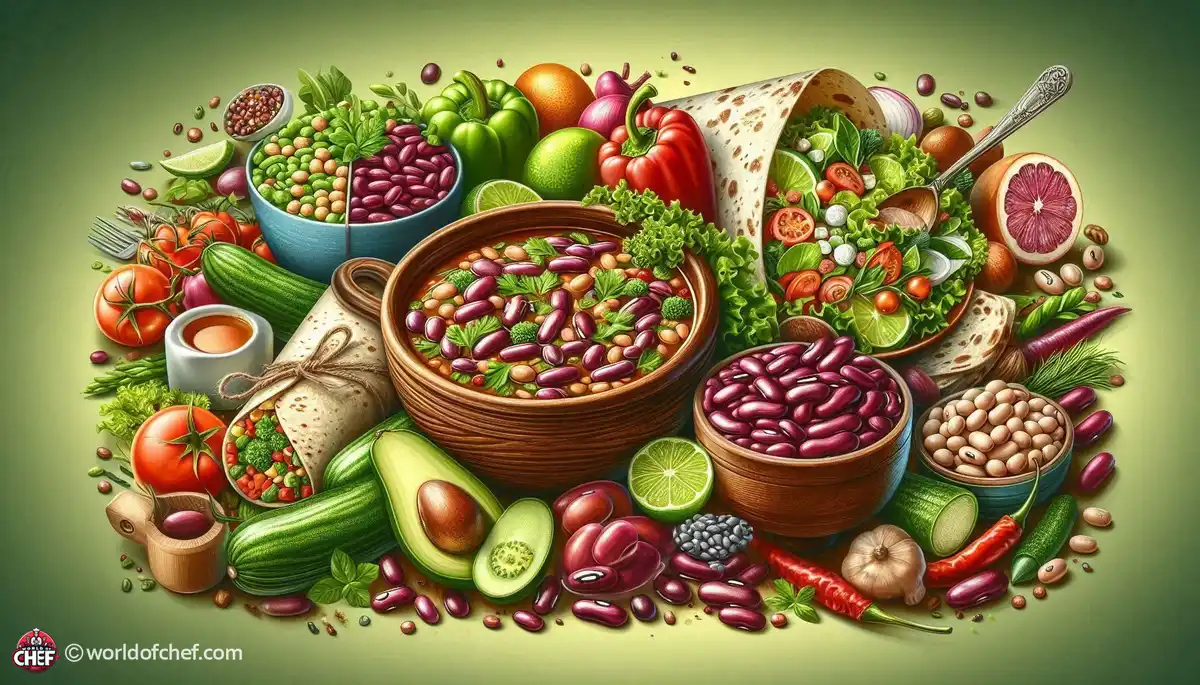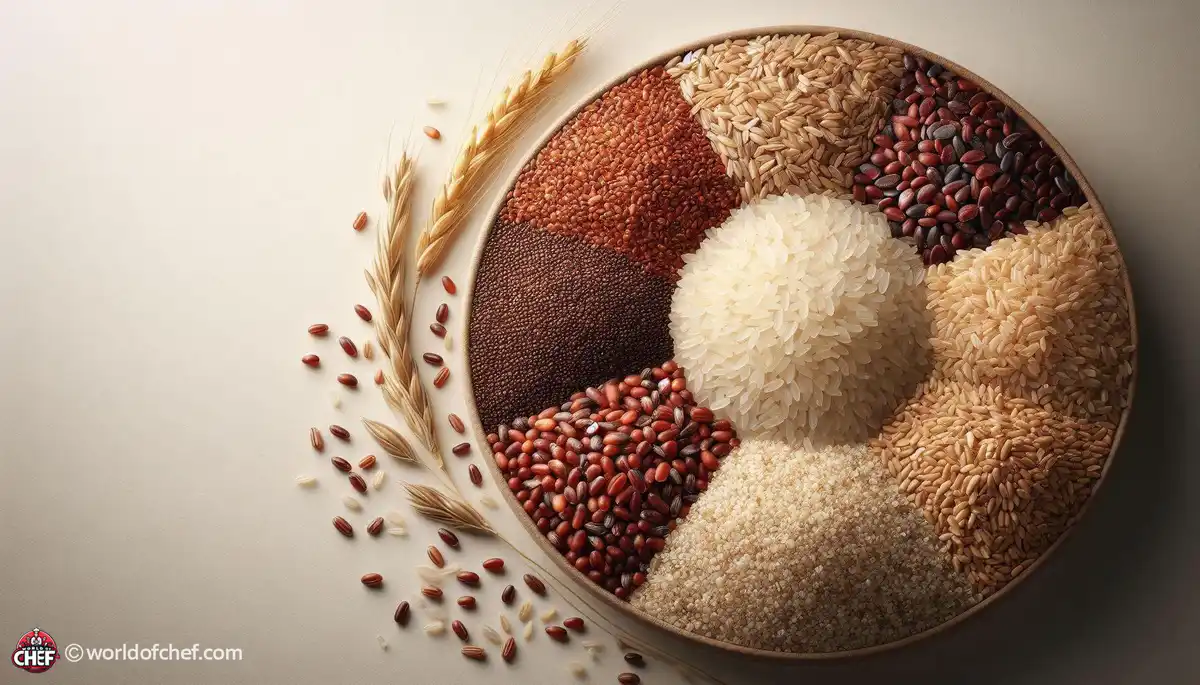
Unveiling the Power of Cruciferous Vegetables in Cancer Prevention
Eloise Jester - Mar 26, 2025 - 8 min read


The first step in growing basil at home is to select the right cultivar. Basil is available in numerous varieties, each with a different taste and growth requirements. One may choose among popular kinds such as Genovese basil, Thai basil, or lemon basil, based on personal preference in cooking.
Now, after you have settled on the variety, you then have to decide between using seeds and seedlings. This is because seeds allow for much more variety, which in turn can be cost-efficient, but time and energy input is higher. Seedlings offer a head start, suitable for beginners or for individuals with less time to tend to the plant.
Basils love warm sunny conditions so place your plant at the best spot. Growing either inside or outside your home should ensure your basil receives the minimum of six to eight hours of direct sunlight in the day. Also, a well-draining soil will be essential besides adequate air circulation in the space to prevent root rot in the basil.
When you are planting the basil from seed or seedlings, you want the soil to be moist but not soggy. Plant the seeds ¼ inch deep and about 6 to 12 inches apart. When transplanting the seedlings, handle them very gently and plant them into well-prepared soil. The roots should be covered and have some support.
You would need sufficient water to provide health and strength to your basil. However, even though the plant likes wet soil, do not water excessively because that would cause root rot. Drench the basil regularly; allow the top inch of soil to dry out before you water again. Additionally, you can further minimize the chance of overwatering and maintain hygiene within the plants by employing drip irrigation or applying the water directly to the soil, not on the leaves.
To get your basil growing strong and full, in addition to leaves which should be deliciously tasting. Use a balanced fertilizer; it's best as water-soluble applied exactly as indicated on the fertilizer packaging label. Begin when you're sure that your plant is well-established. Keep this up every 4 to 6 weeks over the growing season. Keep it from fertilizing to over-fertilizing which often results in the proliferation of leaves with the quality deteriorating.
You must prune this plant so you could encourage bushy growth and extend its life as long as possible. Begin to pinch the top sets of leaves off when it is six inches tall so it will start to branch out instead of growing leggy. Instead of pulling off all the basil leaves off the plant to harvest, take the tops off the stems so it will keep regrowing. You always want to pick your basil leaves in the morning when the flavors are extremely potent.
Basil is relatively resistant to pests and diseases, but it might be susceptible to the usual problems such as aphids, whiteflies, and fungal diseases. Watch for signs of infestation or disease on your basil plant, such as yellowing leaves, distorted growth, or black spots. If you have pests, insecticidal soap or neem oil may be helpful in eliminating them. Fungal diseases can be controlled by avoiding overhead watering.
To prolong the fruiting season of your basil plant, prune regularly even during summer. This does not allow the plant to go to seed and is forced to continue producing yummy leaves by removing flowers soon after they appear. Finally, regular harvesting of the basil promotes new growth. This way, you don't run out of new fresh herbs for your other culinary adventures.
Fall cools the weather down considerably, and this makes basil more susceptible to frost damage. You can get the most of this season by putting a floating row cover over your basil or taking potted ones indoors if the temperature begins to drop. You can also move basil into containers that could be easily relocated to a sheltered place or put near a sunny window where it can keep on growing even in winter.
If you grew basil from heirloom or open-pollinated varieties, you should collect seeds from your plants so you'll have a constant supply for seasons to come. Let some of the flower stalks mature and seed up, then you can collect the seeds when they are brown and dry. Basil seeds should be stored in an airtight container in a cool, dry place until you're ready to plant them again the following spring.
For those living in climates that are colder, you're always going to have basil growing indoors during the period of overwintering because you can get your plant through the season until it's spring again. Remove your basil plant from your garden a few weeks prior to the first frost with as much root ball in tact as possible and bring it into a pot. Place the pot with that well-draining soil out in a sunny window indoor and your basil will really thrive throughout the winter when you take care of your plant with occasional pruning.
Now that you've successfully grown your own basil indoors, it's now time to receive the fruits of your labor from the kitchen. Fresh basil lends a refreshing pop of flavor to countless dishes, ranging from classic Italian pasta sauces to Thai curries and salads. Try various uses to appreciate the diversity of this aromatic herb.
If you want to extend the harvest season for basil, you can preserve your excess leaves for later. Basil can be dried, frozen, or infused into oils or vinegars to lock in its fresh flavor and aroma. Simply wash and dry basil leaves well and then follow your preferred preservation method to extend their shelf life and enhance your culinary creations.
As your basil plants thrive, you are blessed with the plenty of fresh herbs and can even share some of them to friends, family, or neighbors. Packages of fresh basil make great presents along with your homemade basil oils or vinegar. Sharing harvests are not only helpful in achieving a sense of community, but they will also transfer the delight that comes from homegrown herbs to everyone else.
The culture of growing basil is more than just cultivating a delicious herb; it is an experience of satisfying self-sufficiency and connection to nature. Take time to reflect on your experience of gardening, celebrating the successes and learning from challenges encountered. As a seasoned gardener or a novice enthusiast, the fulfillment of nurturing a plant from seed to harvest is highly rewarding.

Eloise Jester - Mar 26, 2025 - 8 min read

Wayne Tobar - Mar 23, 2025 - 6 min read

Harold Turcios - Mar 19, 2025 - 7 min read

Nevaeh Zeng - Mar 16, 2025 - 6 min read